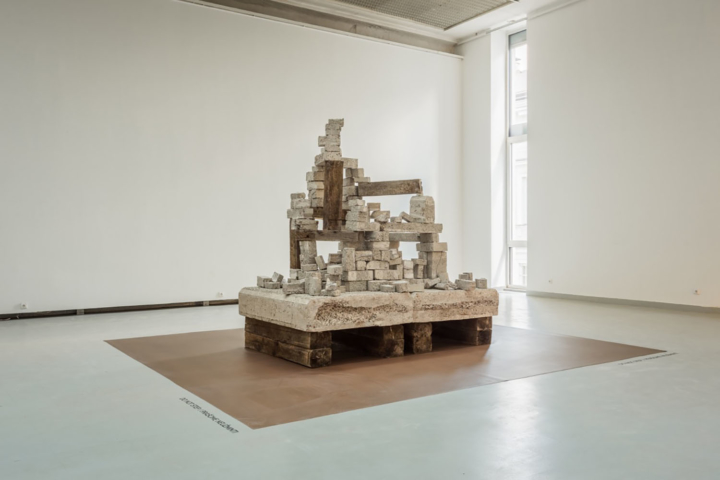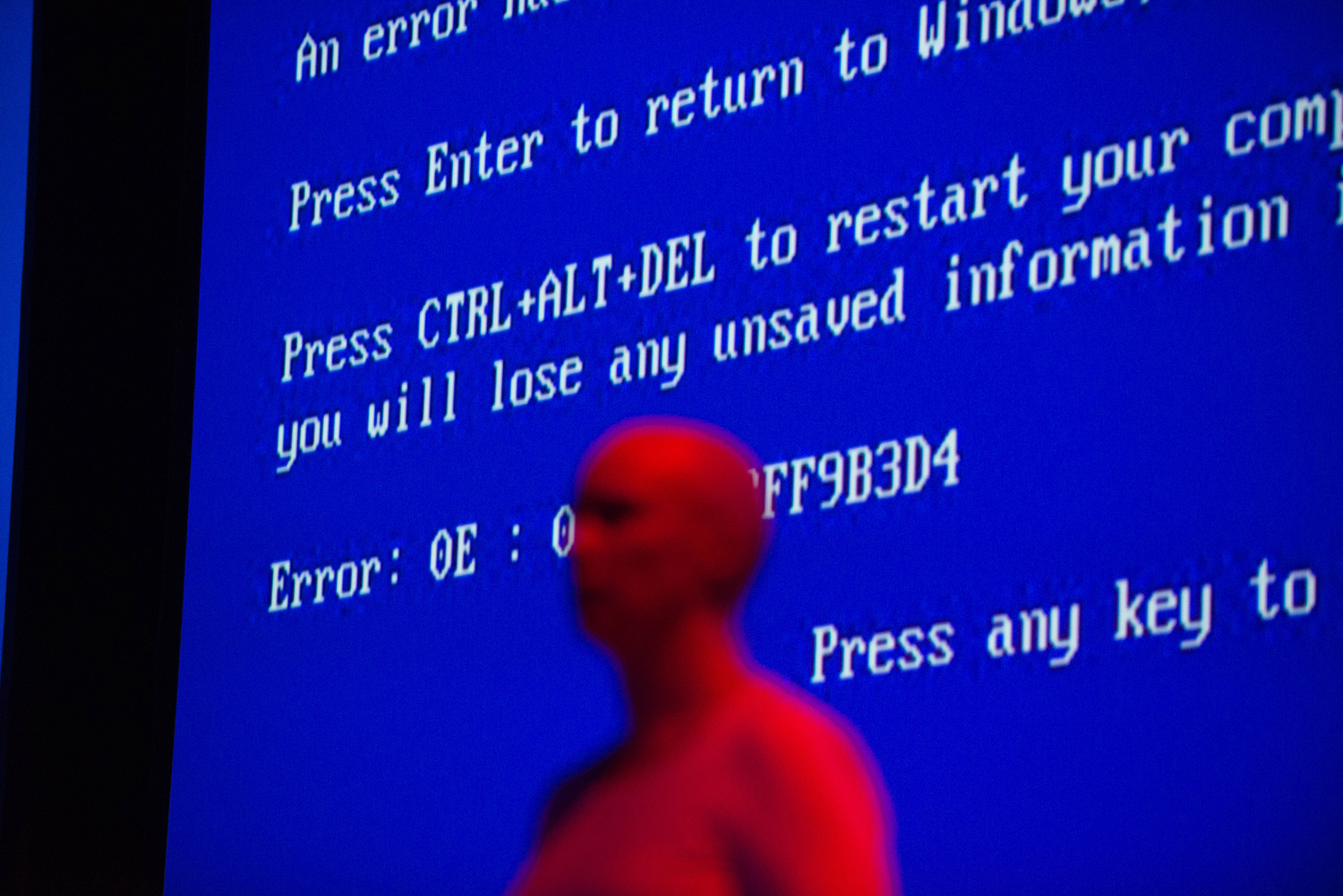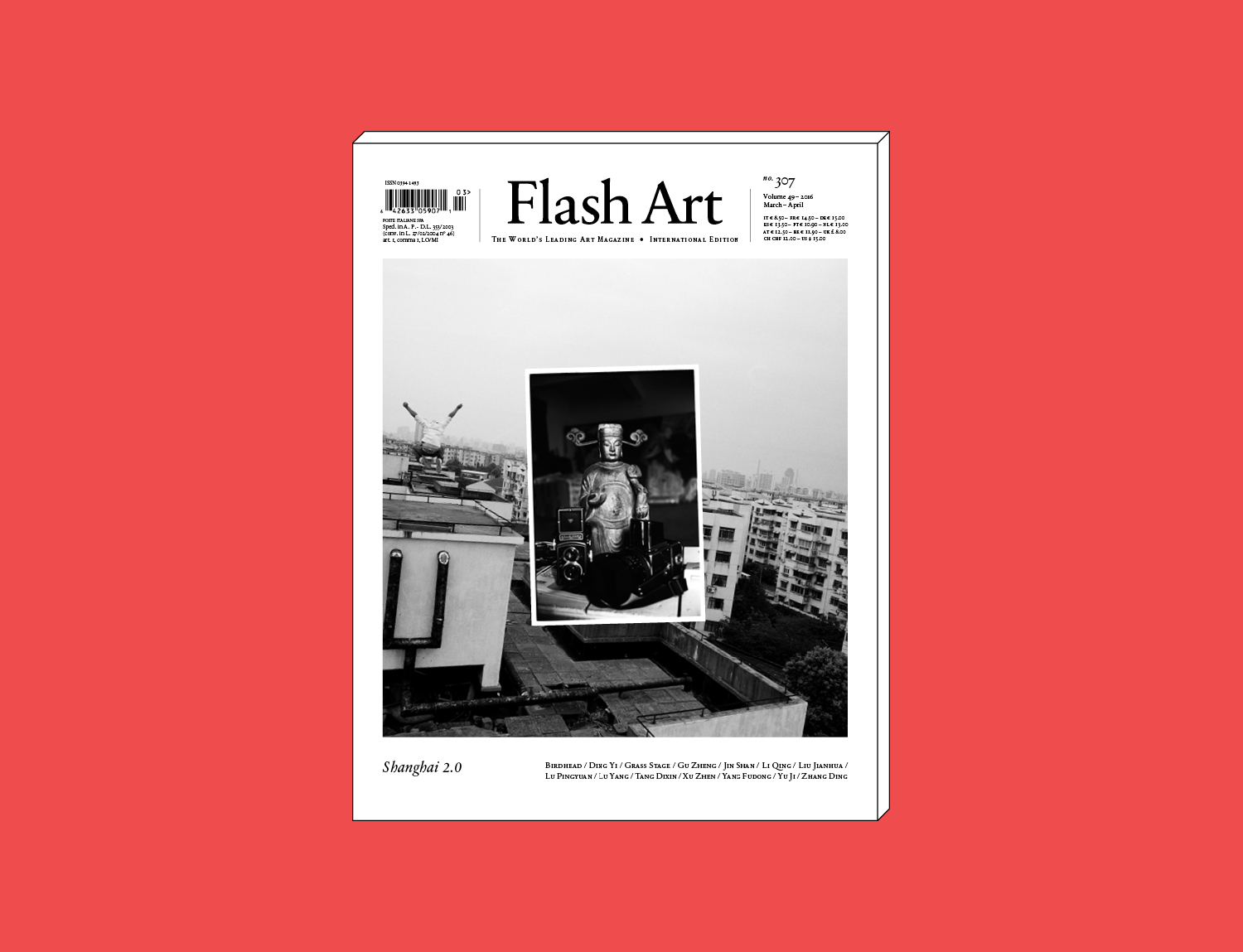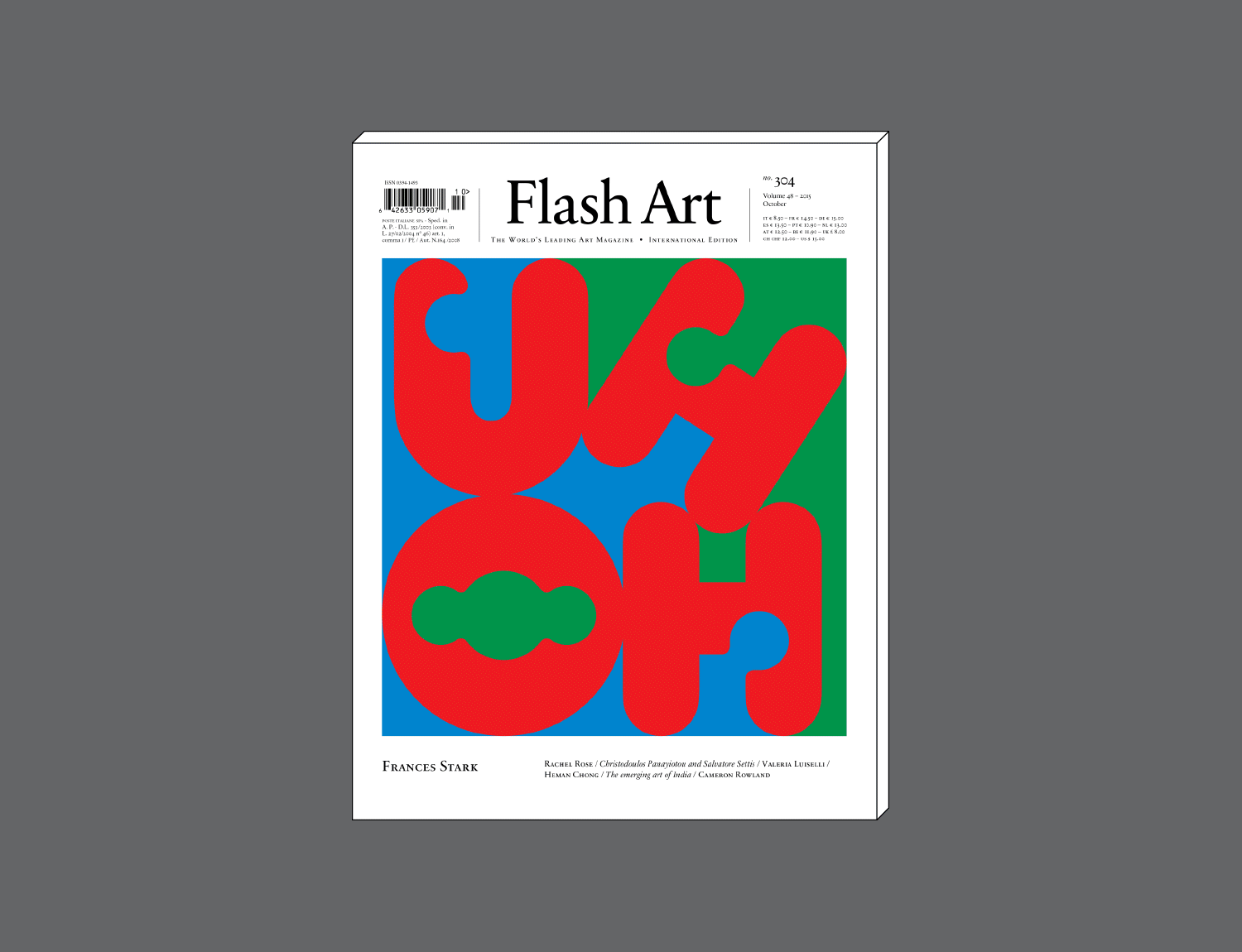From an objective standpoint, the collective consensus regarding the practice of Lithuanian-born-and-based Augustas Serapinas seems to be that it can be categorized in relation to themes of empathy, anthropology, the potentialities of space, and personal histories and mythologies. To some extent, these general observations are valid; they are not factually inaccurate. Yet Serapinas is not an artist whose work thrives when recognized according to precise motives or explicit associations. Neat boxes of explanation will not do.
I came to this conclusion after conducting a cross-Atlantic FaceTime call with Serapinas: me in Texas, talking to a grainy image of him in Italy, where he was preparing an exhibition for Apalazzo Gallery in Brescia. During our conversation, I impulsively chose to ignore the series of questions that I had prepared beforehand, their rigid format feeling stilted in comparison to the artist’s engaging explanations of his intricate projects, all of which he emphasized were influenced by basic human interaction and the spaces in which they are engendered. (I might note here that some venture to draw lines between Serapinas and relational aesthetics, though that comparison is cheap and easy when weighing the full capacity of the young artist’s endeavors.)
Discarding my list of questions was a spontaneous decision that later became imperative in understanding Serapinas’s practice overall. Our exchange was not a traditional conversation in which I gained concrete facts about the artist’s technique or ideas. Instead, it was a manifestation of his work itself, at play, in real time — a clever maneuver on his part which I only recognized days later while sitting at my desk, the recording playing back on repeat, trying to comprehend the nature of our encounter. I realized that our meandering, unstructured conversation was a prime example of what Serapinas seeks to achieve: creating a space for exchange, for simple connection, and the messiness that it entails. His work is so embedded in the act of personal relations that it proves difficult to separate the delineated artistic project from everyday experiences with other people.

Take, for example, a 2013 project in Poland staged at BWA WARSZAWA, in which Serapinas approached an older man living in a flat situated between two contemporary art galleries on the above and below floors. Despite complete inexperience with the Polish language, he knocked on the man’s door, managing to parse together a conversation via their shared broken Russian. The dialogue resulted in an installation in which the man’s belongings were transferred into the gallery space and arranged in the same fashion as in his home. The man was frequently in the gallery watering his plants. Serapinas marks this early installation — only the second of his career as a formal artist — as the germination of his interest in personal interactions. In recalling the project and the older Polish man, the artist stated, “I want to say that I never claimed that he and I became really good friends. It has to do with communication and mutual respect.” This firm declaration plays with the blurry boundaries established within the project overall: while the two men maintained a social distance, the short-lived overlapping of their lives was simultaneously deeply intimate; the man placed trust in Serapinas with both his objects and that which they would reveal about him, and the artist, in turn, treated this information with care.
The intangible become more prominent in recent works, as seen in Vygintas, Kirilas & Semionovas (2018), presented in the Vilnius chapter of the recent Baltic Triennial 13. Though a physical installation was indeed on view, the fundamental essence of the work lay in the human histories infused in the art object’s physical components. Comprised of used wood and other discarded materials sourced from the defunct Ignalina Nuclear Power Plant in Lithuania, Vygintas, Kirilas & Semionovas is, at its core, about the six thousand Lithuanians who, under Soviet command, were forced to clean up the infamous nuclear waste repository. Serapinas sidestepped the work’s potential political implications in order to explore the emotional and interpersonal impact of this trauma upon the affected individuals and their families by considering the lingering intergenerational effects. With this particular event as a framing device, larger concerns emerged: first, how to navigate psychological and emotional closure, which then influences the way in which personal and collective identity is constructed — all of which are only further expatiated within the context of family.
As such, the objects Serapinas produces for gallery spaces are rarely a final product in themselves; rather, they take on a near-symbolic status. Like a souvenir, they are the representations of human experience and interaction, through which the tangible objects we see are a result — a memento, or a scar.





